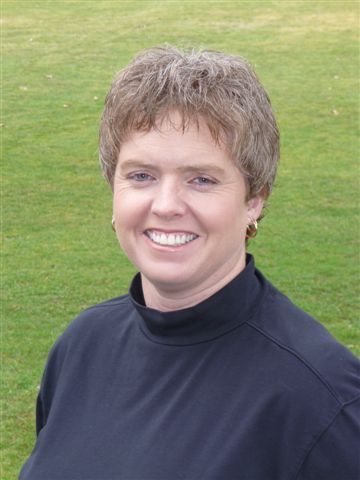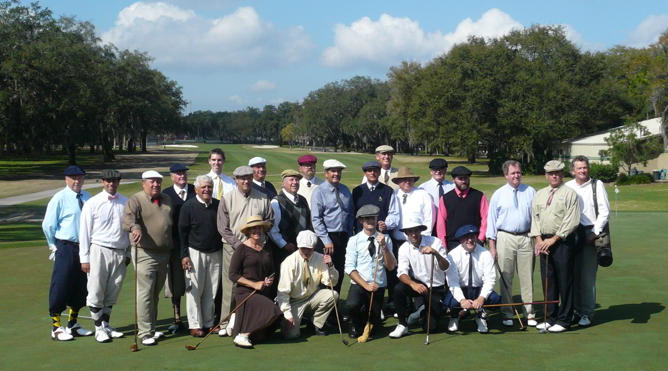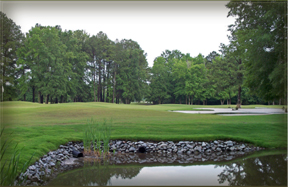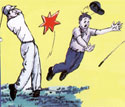Blog
GREAT AMERICAN TOUR PLAYER – DUSTIN JOHNSON
Featured USGTF Teaching Professional – LINDA EDWARDS
USGTF MEMBER BUSY WITH SPECIAL OLYMPICS COACHING DUTIES
NATIONAL HICKORY CHAMPION CROWNED
AFFILIATES/ASSOCIATES CUP DEADLINE APPROACHING – AND A SPECIAL EVENT FOR LEVEL III AND IV MEMBERS
The entry deadline for the inaugural Affiliates/Associates Golf Teachers Cup is Readmore









